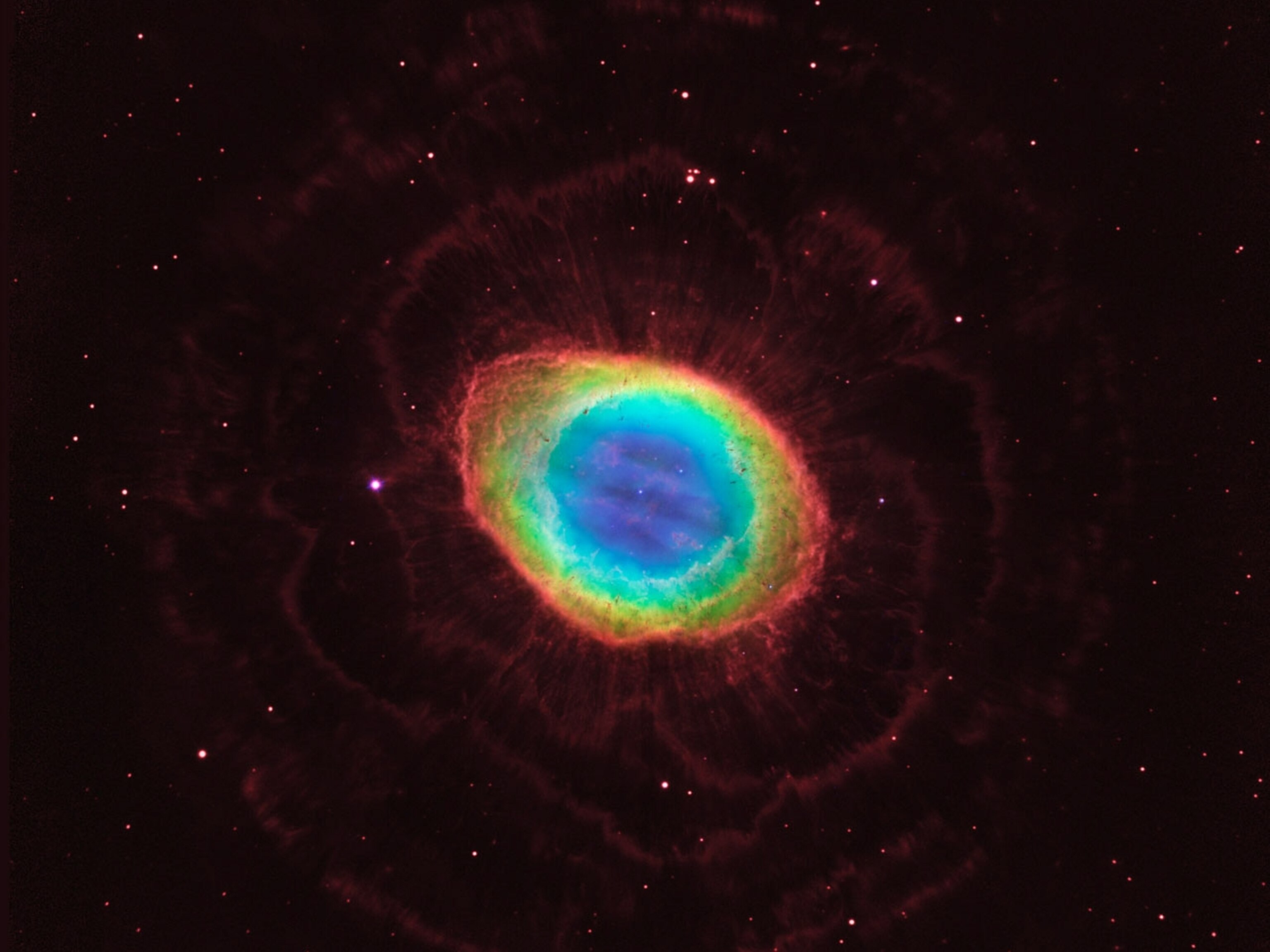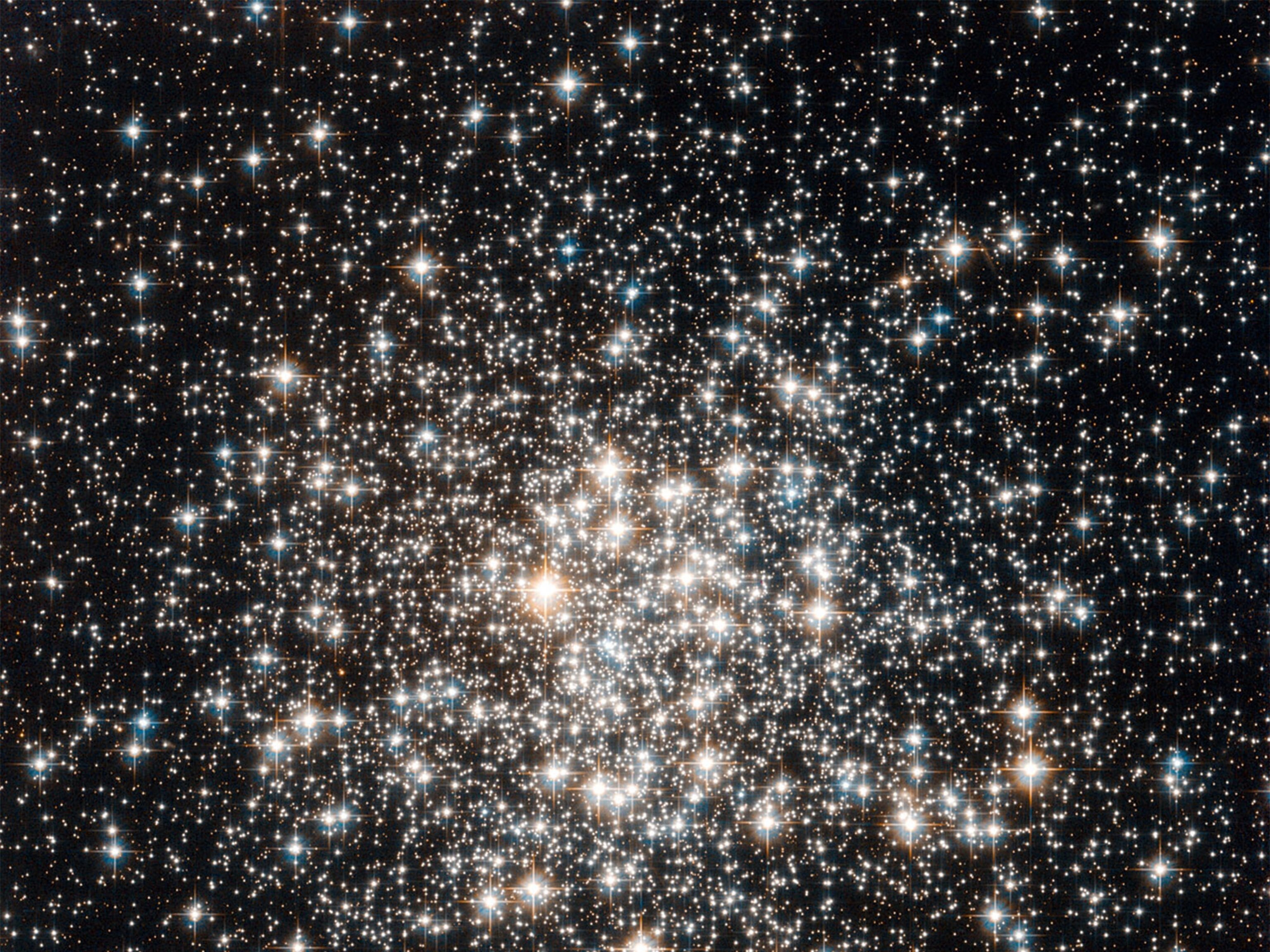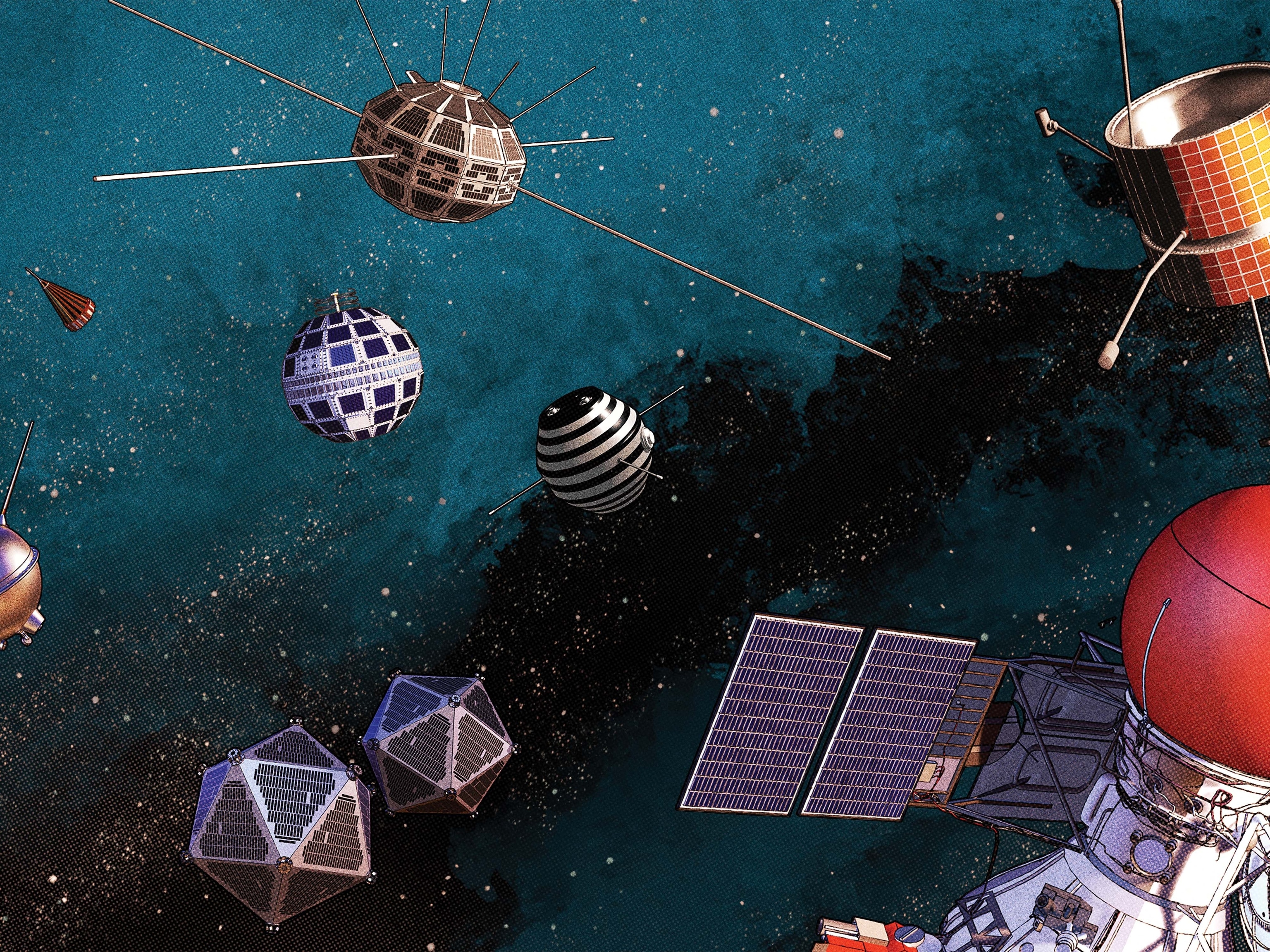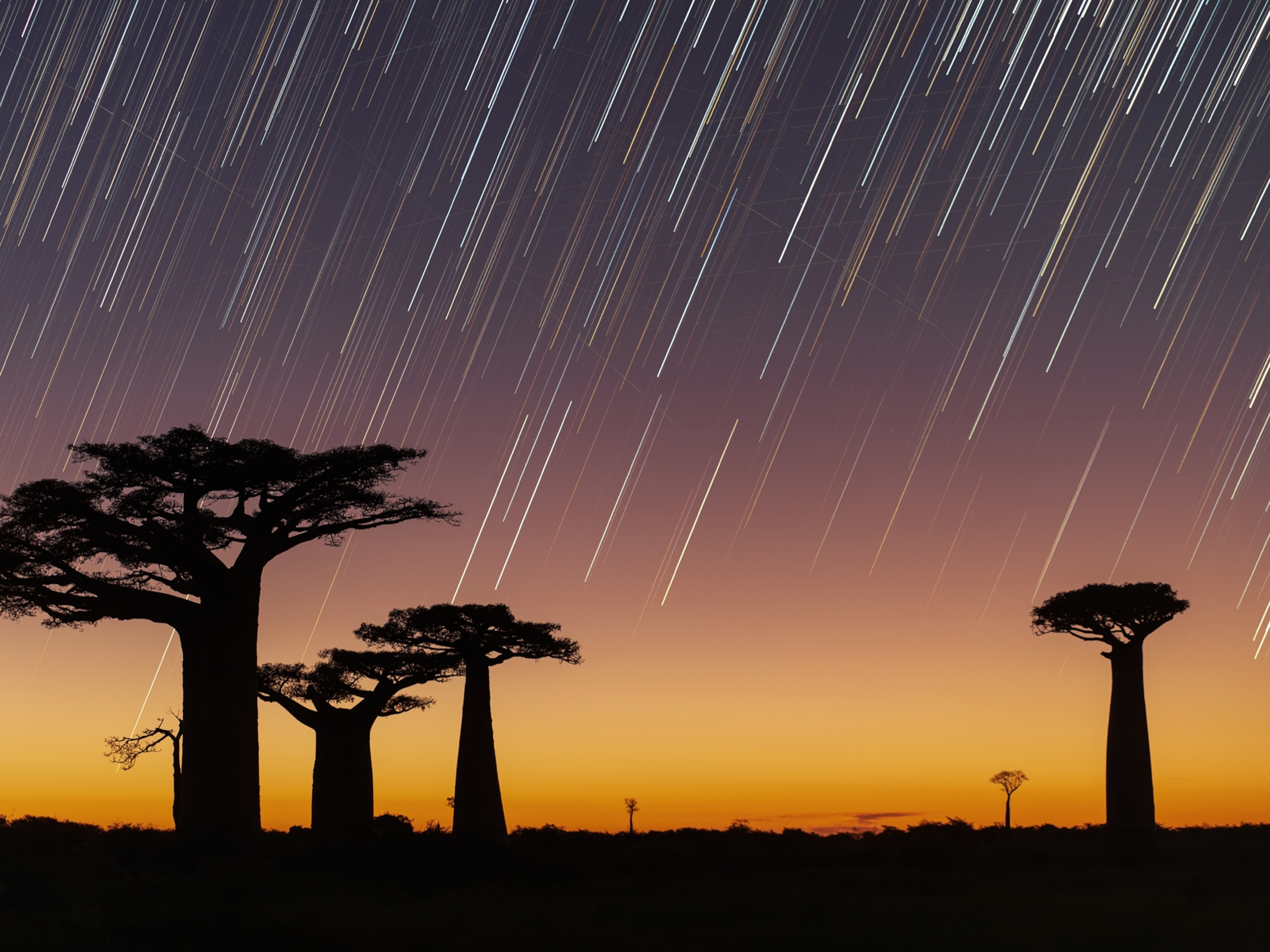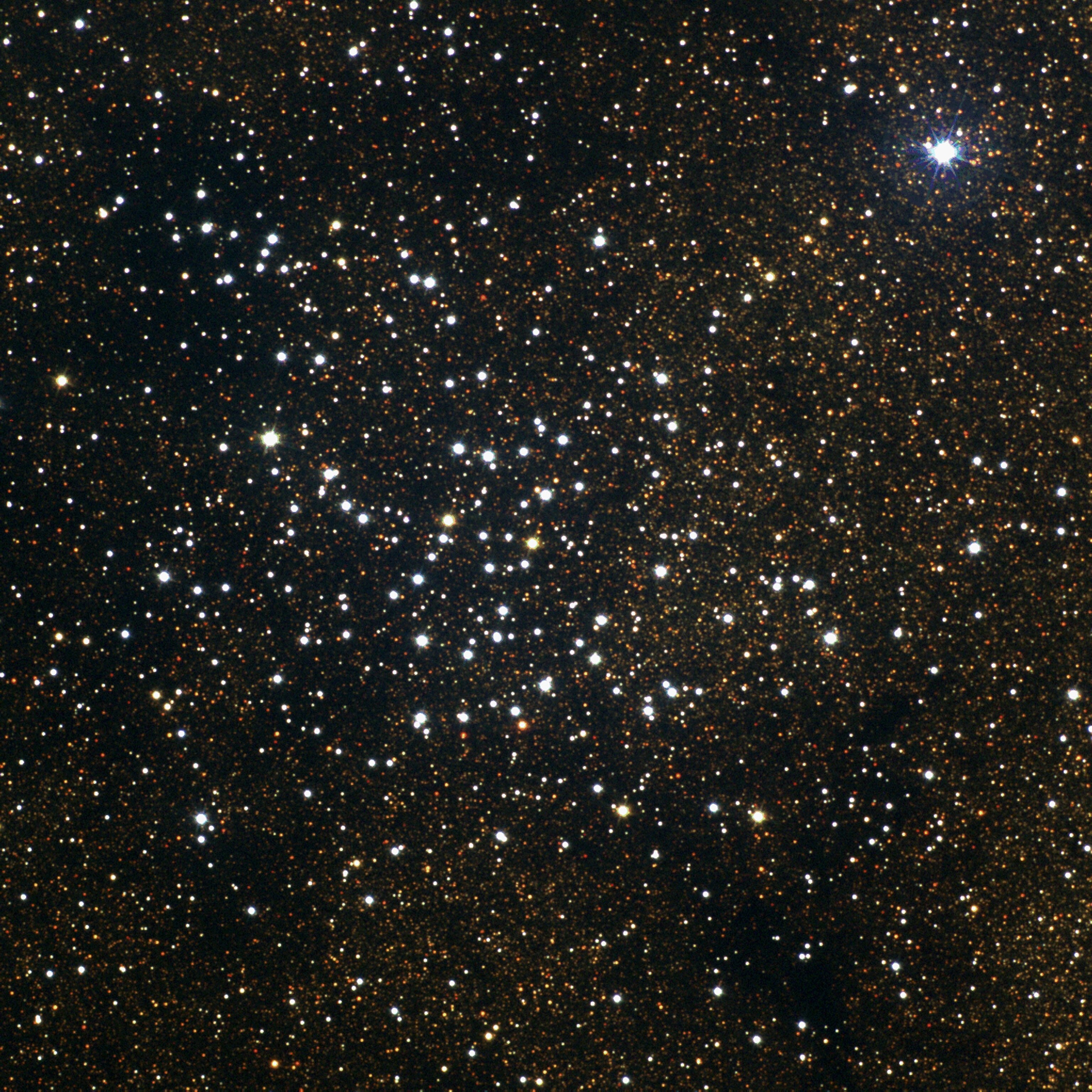
This Week’s Night Sky: Ghostly Lights, Celestial Triangles
For your viewing pleasure, an optical illusion 550 years in the making.
Green Giant. Uranus is still at its best viewing for the year since reaching opposition just last week, as the outer planet lies opposite the Sun in our sky.
This means it rises around sunset, climbs highest in the south around 1 a.m. local daylight time, and sets near sunrise.
The magnitude 5.7 planet lies in the southern constellation of Pisces near the very faint, naked-eye magnitude 5 star Zeta Piscium. Both the star and planet should be fairly visible through binoculars, in the same field of view. Uranus will appear as a tiny, blue-green tinged disk.
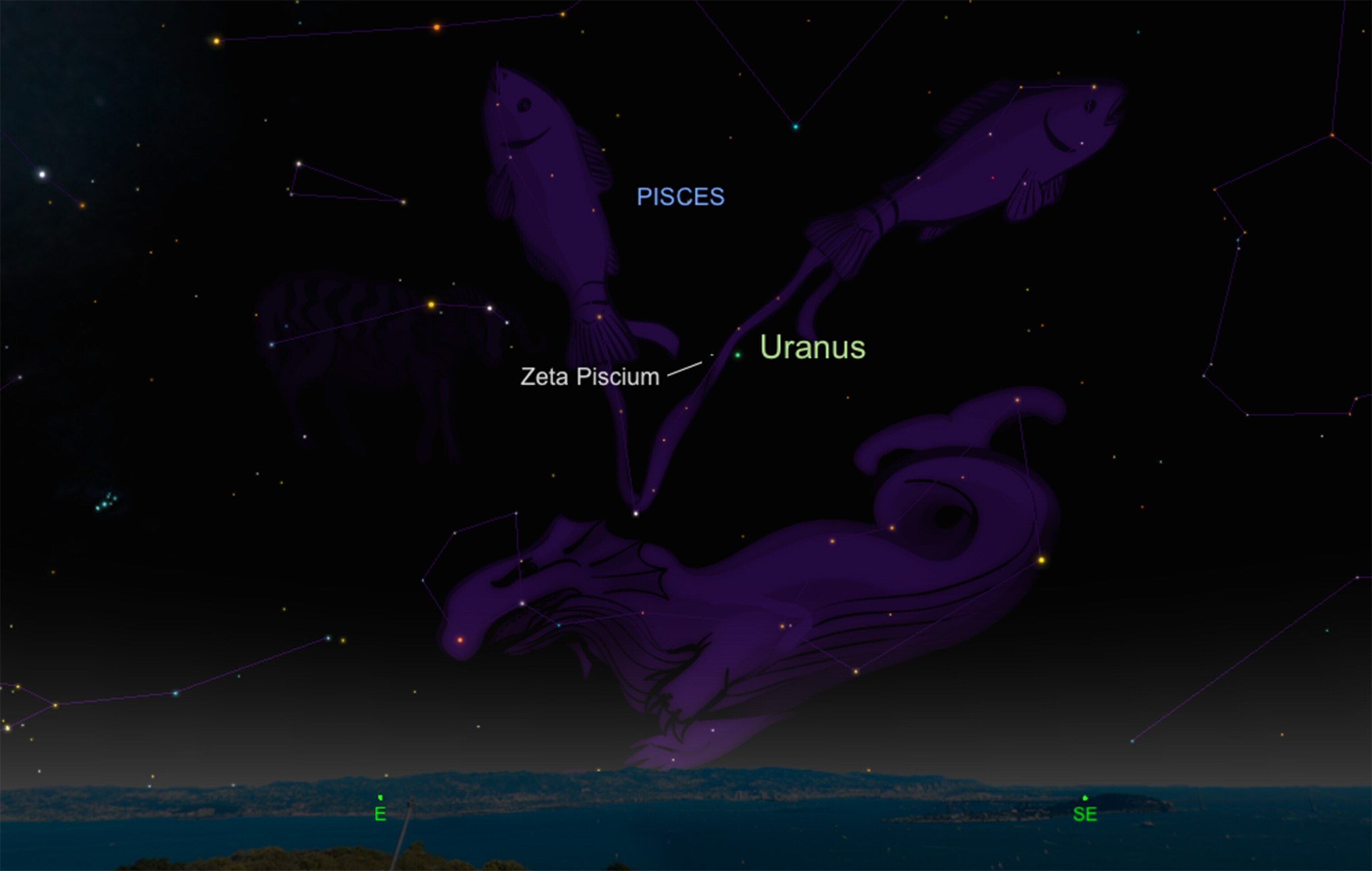
Zodiacal Lights. For the second time in as many months, the ghostly glows of the Zodiacal Lights will be on display in the Northern Hemisphere for the next two weeks in the pre-dawn skies.
Appearing much like the faint glow of the Milky Way, this ghostly cone of light rising from the eastern horizon is visible only under dark skies far from light pollution. This ethereal light is caused by sunlight reflecting off countless dust particles scattered between the planets along the plane of the solar system.

Lunar Triangle. On Friday, October 16 face the southwestern horizon after sunset and glimpse a pretty celestial triangle formed by the moon, Saturn, and bright orange star Antares.
The three cosmic actors will be an easy sight for unaided eyes even in light-polluted cities. While the two star-like objects look like they’re close to each other, their proximity is simply an illusion as light from Saturn takes 89 minutes to reach Earth while Antares is so distant that light has to travel for 550 years across interstellar space to reach our eyes.
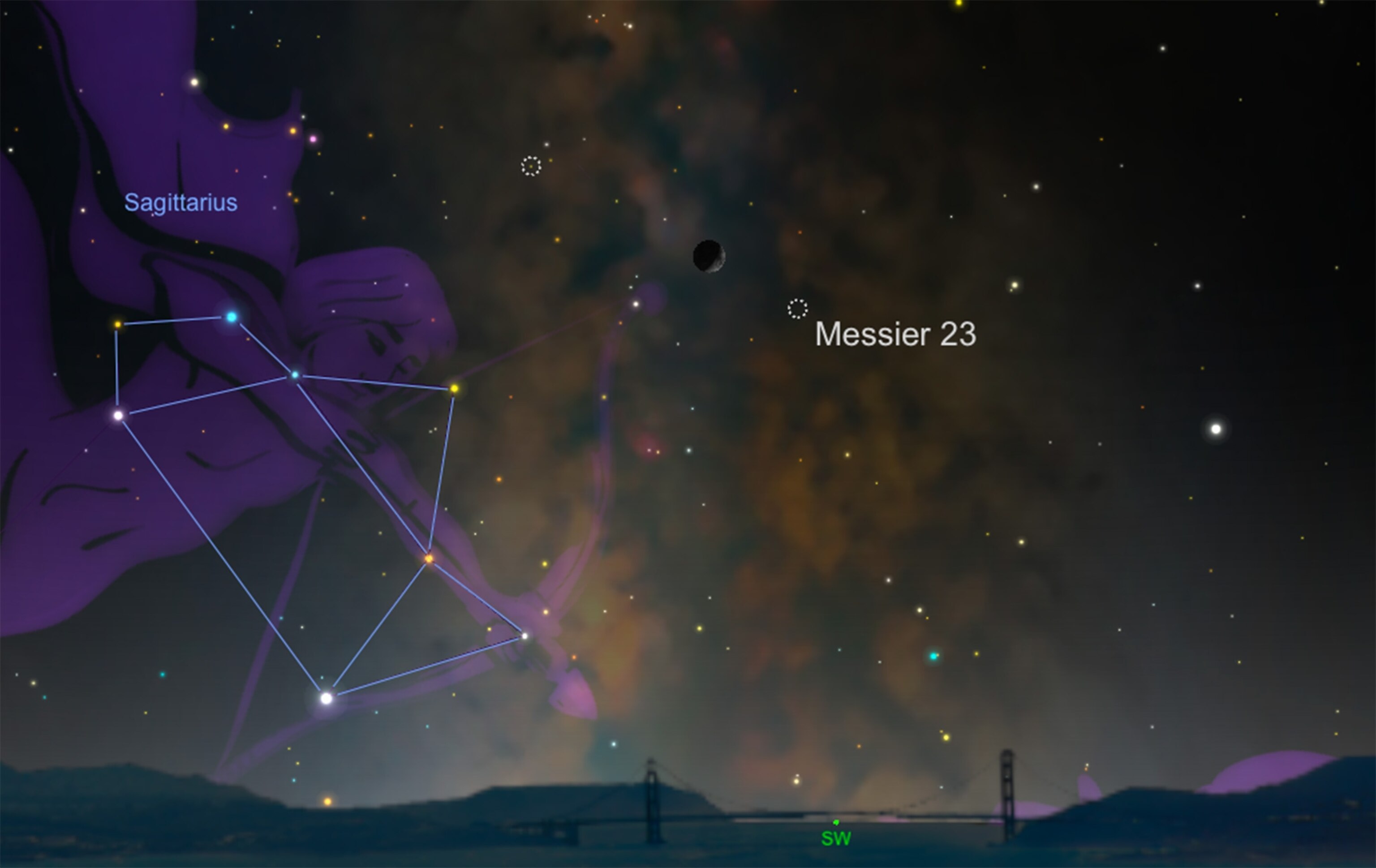
Moon and Diamonds. After darkness falls on Sunday, October 18, look for the thin crescent moon to point the way to a beautiful open star cluster. Known as Messier 23, the cluster is an easy target for binoculars and will be less than 3 degrees to the moon’s lower right—a span of sky equal to the width of your three middle fingers held at arm’s length.
Messier 23 stretches about 20 light years across—about the same size in the sky as the full moon. It contains some 150 stars, sitting about 2,100 light years from Earth, nestled within the Sagittarius constellation. Sweeping the area with binoculars under dark skies will reveal amazingly rich clumps of stars everywhere as we look towards the central area of our Milky Way galaxy.
Clear skies!
Follow Andrew Fazekas, the Night Sky Guy, on Twitter, Facebook, and his website.


